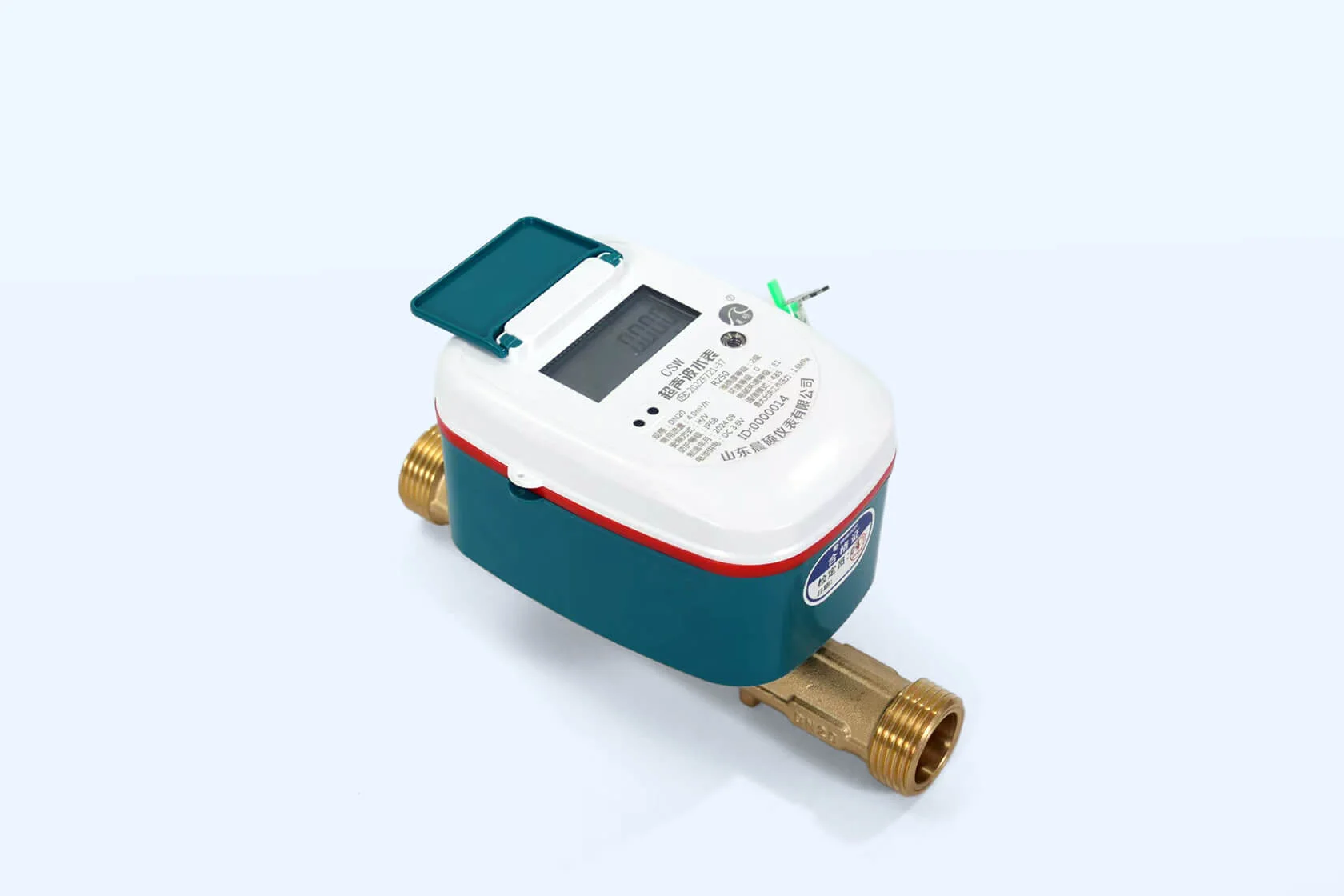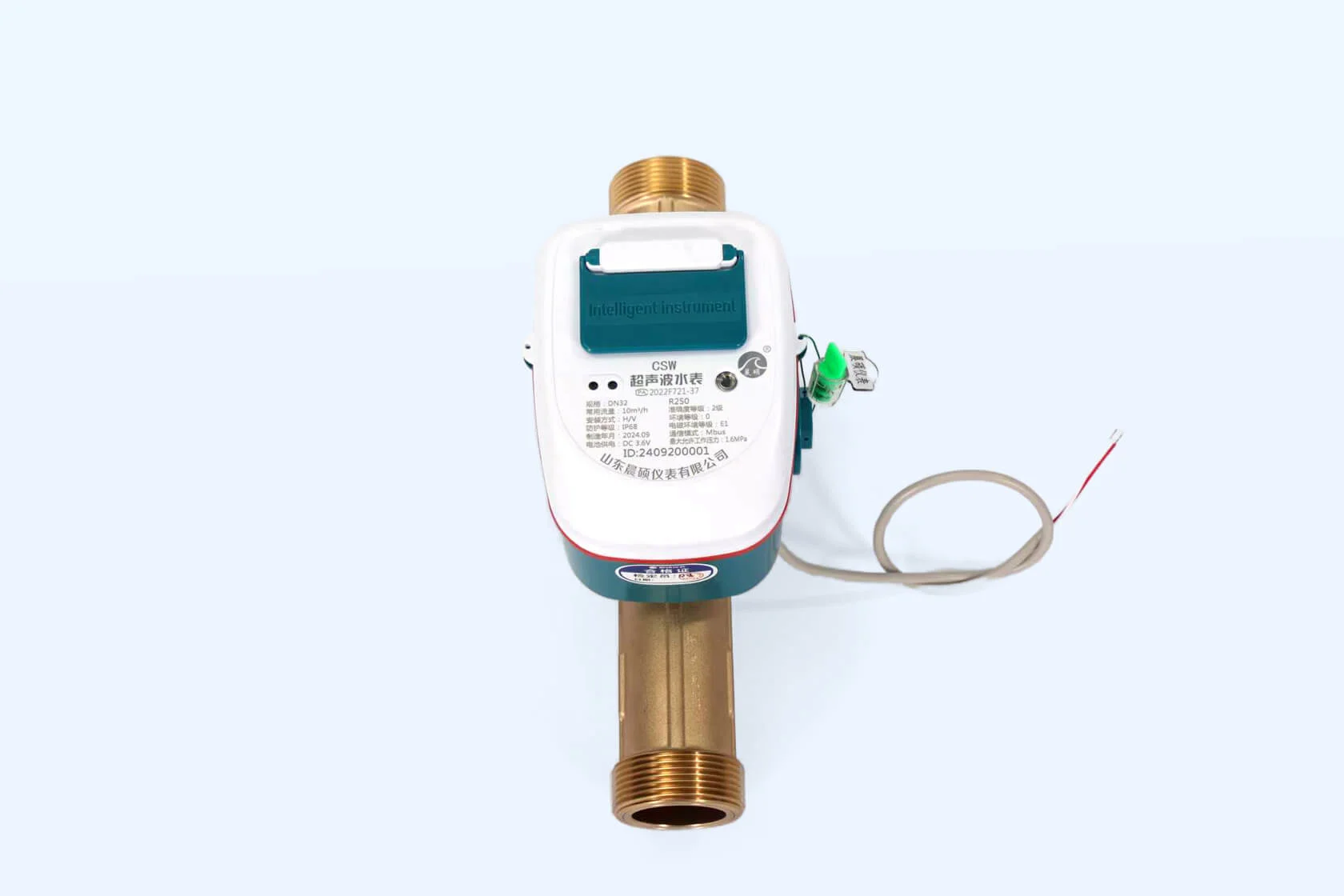
Picture this. You roll out of bed one morning. You grab your water bill. It’s bigger than you thought. You wonder about leaks. Or maybe bad habits. But what if you had a gadget that catches those problems early? Before they hurt your bank account? That’s the job of ultrasonic flow meters. These smart tools track water use. They do it without messing with your pipes. Or needing endless fixes. They use sound waves to gauge flow. And they hand you spot-on info about each bit of water passing by.
In our busy world today, saving water counts a lot. These meters slide right into smart houses. They also work great in smooth-running businesses. You can watch use as it happens. You cut out shocks. And you link them to phone apps for warnings on odd patterns. Do you handle a home full of showers and wash loads? Or a little office with changing needs? An ultrasonic flow meter keeps it all in check.
Let me share about a top name in this field. Shandong Chenshuo Instrument Co., Ltd.. I’ve tracked metering gear for a good while now. And I view them as the main pick for fresh ideas that mix trust with sharp tech. They started in Shandong Province’s core. This tech-savvy company puts real skill into ultrasonic water meters. Those stand out for their exactness and simple use. Think of a crew of builders who dig flow basics. They turn tough sound tricks into easy gear. They’ve got the mix of cheap prices and top extras just right. Like phone-linked setups that let you peek at use from anywhere. What pulls me close is their drive for everyday answers. Meters that deal with soft leaks or big rushes. Without a hitch. If you look to switch up, their range feels fresh. In a spot packed with heavy choices. Check their background. You’ll get why experts lean on them for easy water handling.
Now, let’s go in deeper. You may ask how these meters really do their thing. Getting the simple facts opens paths to better picks.
You count on water each day. So, you want to know the real amount rushing through your lines. That lets you choose wisely. Ultrasonic flow meters do well here. They grab flow with sound waves. All without touching a thing. This hands-off way skips pipe cuts. It also skips extra drag. You just get straight, right numbers.
The main part is the time-of-flight trick. Small sensors, called transducers, sit clamped or slipped along the pipe. They shoot ultrasonic bursts through the water. One burst goes along the flow. The other goes against it. The current boosts the down-flow wave. It slows the up-flow one. That small time split? It shows the water’s speed.
See it like clocking a jogger on a path. First off, the meter sends quick ultrasonic shots over the pipe’s width. These waves jump between sensors set at good angles. That gives the best path.
Then, the down-flow shot races ahead. It gets there faster than the up-flow one. That battles the stream. Your meter times these hits. It does so to tiny bits, like microseconds.
After that, it works the math. Take the up-time from the down-time. You land on speed. Times the pipe’s open space, and there it is. Flow in liters each minute. As time goes, it adds up the full amount.
Last, smart math steps up. It clears junk from bubbles or dirt bits. And it sends pure info to screens or online spots. You pull it up on apps. You spot trends. Like busy night uses.
This loop runs thousands of times each second. So, you see updates almost right away. No wild guesses. Just real stuff.
What makes this special? No bits that move means they last longer. Old gear with wheels gets beat up by grit or steady turns. But these skip that full on. You skip fixes. And you get even work.
Rightness lands at ±1-2%. Even for soft flows, like a light tap drip. That lets you spot tiny leaks soon. You dodge fat bills. Also, they manage clear water jobs well. From home spouts to shop tubes.
As you think about your own setup, these ways tie straight to gear made for you. Let’s check out types that bring this home.

From that strong base, certain meters make the real change in your day-to-day. You need tools that match your room. And grow with what you do. They give the spotting we talked about. All without fuss.
Grab the small Ultrasonic Water Meter DN20. It fits 20mm pipes. Perfect for family spots. You set it by the sink. Or close to the big line. Its sound sensors kick off right away. Link it to web smarts for far-off looks. See if the young ones left water on at play time. While you work. This one grabs every part of home ways. From dawn scrambles to night soaks. All while staying out of sight.
For wider pulls, the DN32 moves forward. It takes 32mm sizes. It handles big loads to 10 cubic meters each hour. Great for flats or easy shop places like coffee stops. It uses sharp wave handling to hold rightness in ups and downs. You gain from its strong build in changing spots. Like drops in push at top times.
Both pull from the time-of-flight base we went over. Their own wave know-how makes sure shots go clean through soft push or heat shifts. You get solid info. No matter the time of year. Or how it’s set.
Smoothly, these types weave the main steps into what you do. Shots fire. Times split. Speeds figure. All on auto. You stick to the takeaways. Not the inner works.
In a house, the DN20 marks night drips. Those pile up each month. In a shop, the DN32 checks shifts in use. It points out weak spots. This weave means you move quick. You save water. And cash.
As you pick choices, these bits hit usual gripes. Like wrong reads. Or too many peeks. But why stay basic? Let’s see what lifts them higher.
You earn more than just counts. You need gear that boosts your days. These meters bring gains that beat spotting. They hit trust, brains, and cuts right on.
Kick off with dead-on rightness. A better spread, say R400 or R800, reads from mumbles to blasts. No slip. You skip low counts or extra hits. You keep money close. The IP68 seal blocks dust and wet dives. So, yard sets or damp rooms bring no worry. Strength like this holds for years. It gives you calm.
Brainy skills go to the next spot. Built-in LoRaWAN or NB-IoT shoots info without wires to your board. You catch leaks from quick jumps. Or guess wants from ways. Link it to town nets for wider smooth. Picture your place joining block save tries.
Price and green wins wrap it. Cells run over ten years on little juice. No rub means fixes fall by half. From old wheel types. You trim costs. And step soft on earth stuff. It lines up with green aims.
From made-to-fit changes to full links, growth fits any job. You roll out one. Or loads. Sure in how it runs.
These pluses make picks easy. You turn fuzzy bills to steps you take. You smooth the flow.
You’ve caught how ultrasonic flow meters spot use. They do it with smart sound clocks. Turning loose flow to real counts. Types like the DN20 and DN32 carry this to your door. They mix rightness with real use for homes and shops the same.
Take them on. Sharpen your saves. Chop junk. And ease counts. In a tight world for stuff, you grab hold. It pays each day.
Set to switch? Hit them up for shows or talks. Or poke around more at the official website.
Q: How accurate are these ultrasonic meters for low-flow scenarios?
A: They deliver ±1-2% accuracy even at minimal flows, like toilet flushes or slow drips, ensuring you catch subtle waste without false alarms.
Q: Can I install one myself, or do I need a pro?
A: For the DN20 in homes, basic plumbing skills suffice with included guides. The DN32 often benefits from a technician for commercial precision, but both minimize disruption.
Q: What if my water has particles or impurities?
A: These meters excel in clean water but use digital filters to handle minor debris. For heavy sediment, pair with pre-filters to maintain top readings.